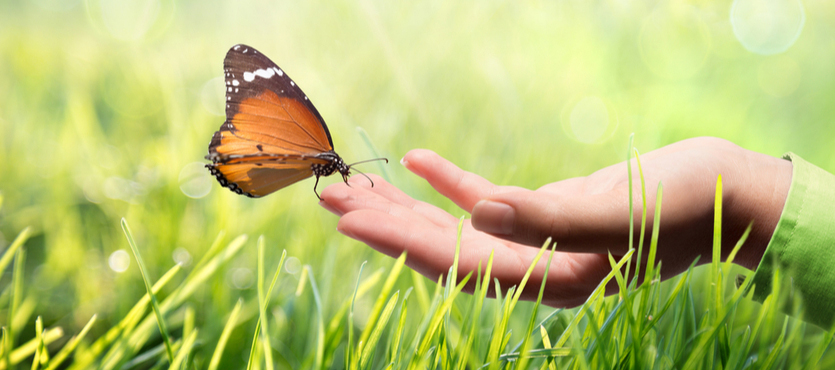As humans become more aware of their impact on the environment, many, like you, are considering environmentally friendly landscaping which protects the fragile ecosystem in their area. South Florida residents are no exception and want yard design that promotes and protects the beauty of the state. Creating an environmentally friendly landscape means your yard becomes an asset to the natural environment, not a drain on it. In addition, environmentally friendly landscaping helps reduce water and energy consumption and provides a natural habitat for native wildlife.
Starting the Process
To begin preparing your yard for the transition to environmentally friendly landscaping there are a couple of ways you need to prepare. Start with a sketch of your yard. Next, gather up a soil sample and have it tested for pH as well as recommendations for plants that will grow well in your soil. Once you have some ideas, develop your design. You may want to consult a trusted professional landscaping service like Xtreme Landscaping for this step. Once your design is in place, visit your local plant nursery to select your plants, trees, grasses, and groundcover.
Avoiding Invasive Non-native Foliage
Invasive non-native plants (also known as invasive-exotics) are species introduced into areas which ultimately result in the displacement of native species. Generally, this occurs because natural limits like diseases and insects don’t exist in the new environment to control the invasion. When selecting environmentally friendly plants you will want to choose native foliage for your property. In doing so, you will prevent invasive plants overwhelming Florida’s natural flora. On top of that, you will be conserving energy and water and saving time and money. And don’t think you will be limited in your choices by going native – quite the contrary – you will have a wide variety from which to choose, all of which will grow well in your Florida soil.
As a bonus, you’ll find native plants will provide food and shelter for Florida’s unique native wildlife too. Native flora restores natural area and promotes future conservation because native species have the innate ability to keep one another in balance, decreasing the potential for environmental damage.
Environmentally Friendly Management
Plants need nutrients – potassium, zinc, magnesium, manganese, nitrogen, calcium, iron, and more – to flourish. These nutrients are found in the soil, but often homeowners feel the need to add fertilizer to boost plant growth. The problems rise when fertilizers aren’t used properly and cause damage to the environment, increasing diseases and insect populations. Before going with a packaged fertilizer, try compost which often returns balance to the soil and delivers healthy plants. If more is needed, try applying the specific mineral your foliage requires. When a packaged fertilizer is needed, choose an environmentally safe one with slow-release nitrogen and other nutrients.
Pesticides have become the go-to solution for pest control, resulting in the destruction of beneficial organisms and the increase in pesticide resistant organisms. Plus, pesticides have the ability to travel though the surface and poison other wildlife including natural pest predators and pollinators. Reducing the use of pesticides and exploring natural methods of pest control, such as attracting native wildlife is the ideal solution.
Mulching for the Environment
Mulching properly can also help maintain an environmentally friendly landscape. Mulching can be done for free with grass clippings, pine needles, or tree trimmings, or you can purchase organic mulch from your local home improvement store or garden center. Either way, mulch helps conserve water by reducing run off, saves your energy and time by reducing weeds, and moderates the temperature of the soil for improved plant growth.

